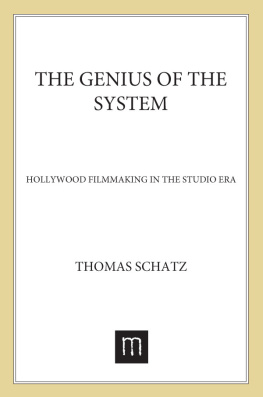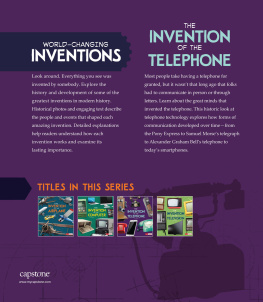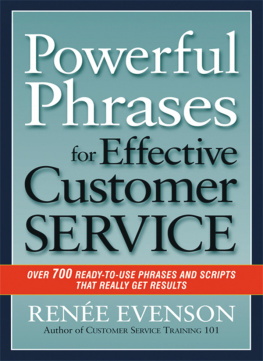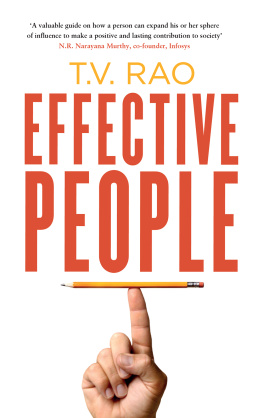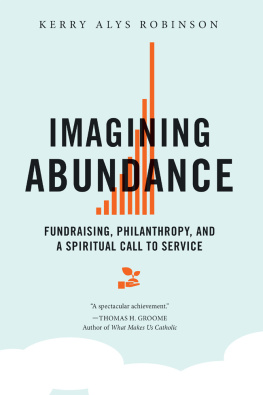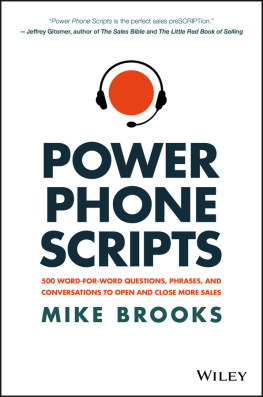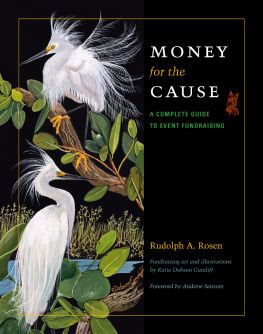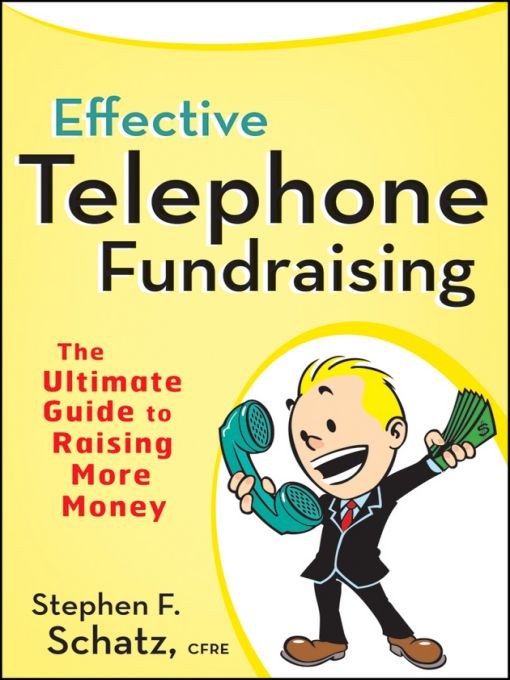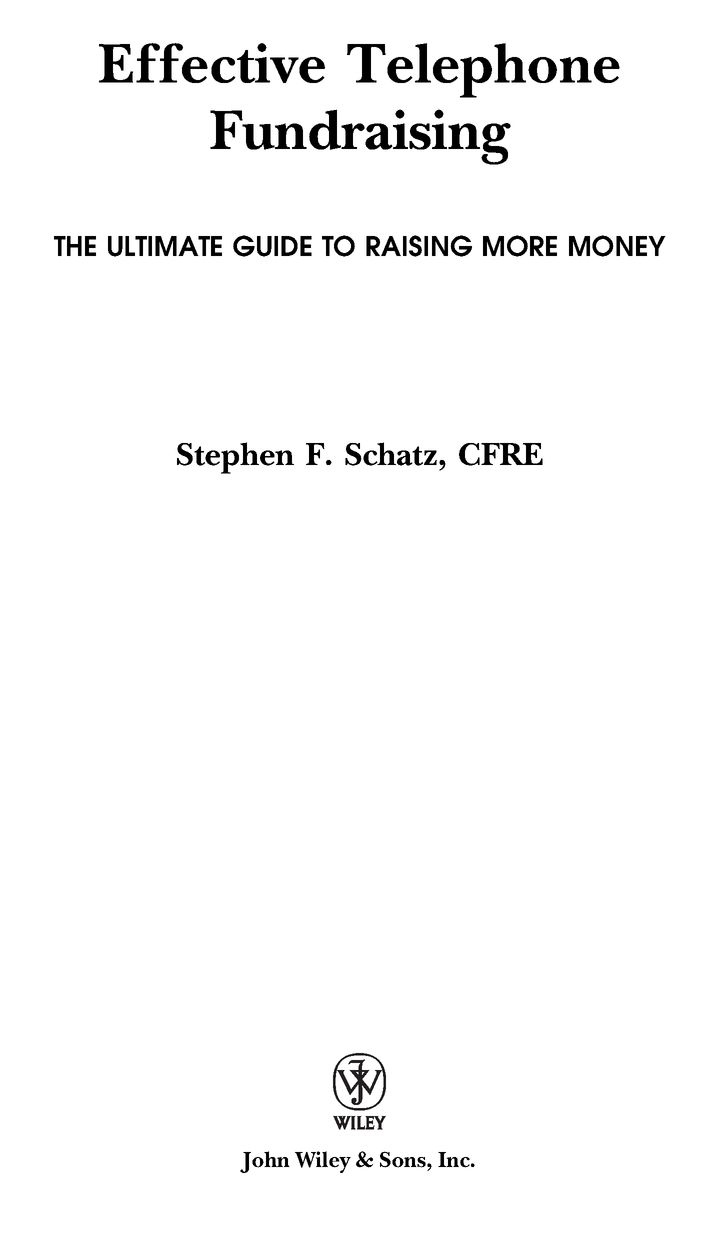Table of Contents
This book is dedicated to the person whom I most admire,
for her keen and penetrating intelligence, vast stores of knowledge,
hard work and perseverance, high moral and ethical standards,
selflessness, and for her support and faith in my efforts:
to my best friend in lifes journey, my wife, Virginia Sacha.
Foreword
In 1876, Rutherford B. Hayes, newly elected as the 19th U.S. President, became the first commander-in-chief to use the telephone. With Alexander Graham Bell at his side, President Hayes placed a call from Washington, D.C., to Philadelphia. Following the demonstration, an impressed President Hayes turned to Mr. Bell and said, Thats an amazing invention, but who would ever want to use one of them? A Western Union internal memorandum from the same year stated, The telephone has too many shortcomings to be seriously considered a means of communication.
Fast forward to 2009. I was sitting in my Philadelphia office working on my upcoming book about donor-centered planned gift marketing when I read an interesting post on GIFT-PL, the listserv for gift planning professionals hosted by the Partnership for Philanthropic Planning. Kaye C. Stackpole, Director of Gift Planning at Westminster College, wrote, We reviewed our metrics last year and added a new categoryExtended Phone Call (EPC) that can count the same as a personal visit. With travel budgets restricted last year, we discovered, for stewardship calls especially, donors appreciated our updates by phone and respected our efforts for implementing cost saving ideas.
The telephone is indeed an amazing invention. Unlike the executives at Western Union in the nineteenth century, todays development professionals recognize the telephone for the powerful communications tool it has become. Today, the telephone performs many varied functions in the nonprofit development office. One of the major applications of the telephone medium is solicitation, whether for annual donations, capital gifts, memberships, or planned gifts.
While fundraising phonathons of one sort or another have been with us for a very long time, telephone fundraising as we know it today can be traced back to the Yale University capital campaign. In 1977, the major-gift consulting firm IDC was brought in to help Yale develop a strategy to give alumni who could not be visited face-to-face an opportunity to support the campaign. Under the direction of Bill Freyd, IDC developed the first personalized methodology for the public phase of a capital campaign. Yale combined the use of letters and telephone calls to simulate the steps used in major-gift cultivation and solicitation.
In 1980, Steve Schatz and I worked together at Temple University during its Centennial Challenge Campaign. Temple was the first non-Ivy-type university to implement a professional telephone fundraising program. The approach that worked so well at Yale, asking alumni to donate 2 percent of their gross annual income for each year of the next five years, resulted in a great deal of foul language and hang-ups when tried at Temple. As you may guess, Ivy Yale and state-related Temple do not have much in common, culturally speaking. Steve and I worked tirelessly to effectively adapt the program implemented by Temples consultant, Philanthropy Management Inc. By adopting donor-centered strategies, we were able to achieve great results.
Penelope Burk, in her book Donor Centered Fundraising (Burk & Associates Ltd., 2003) describes what she means by the term, Donor-centered fundraising is an approach to raising money and interacting with donors that acknowledges what donors really need and puts those needs first. Donor-centered fundraising impacts fundraising success in three ways. First, it retains more donors longer, giving them time to develop their own philanthropic resiliency; second, it causes more donors to offer increasingly generous gifts; and third, it raises the performance of even the most active and loyal donors to a new standard.
In 1982, following our success at Temple University, Steve and I created Telefund Management Inc. which we later renamed The Development Center before selling it years later. We retained our innovative, donor-centered spirit. We were the first to apply professional telephone fundraising techniques to the museum world (The NSFRE Journal), and among the first to bring such techniques to the performing arts world, social service agencies, and, of course, other colleges and universities. Because we had very good competitors, we had to be innovative not only to survive but to thrive. We generated tremendous results for our clients and were ranked among the most cost-effective professional solicitation firms in the nation in various state attorney general reports. Along the way, we developed powerful telephone fundraising techniques, many of which are now so commonly utilized as to be taken for granted while other valuable tactics are less known and, therefore, less practiced.
In this volume, Steve shares the secrets for making the most effective calls possible. While acknowledging the different applications for the telephone and the different styles of calls, Steve writes with a particular point of view that, over years of crafting great campaigns and training excellent callers, we found to be the most fruitful. Regardless of the application or style, the most productive telephone fundraising will always be donor-centered at its core.
When I was a child first learning how to use the telephone, my mother instructed me to greet the recipient of my call, identify myself, and ask permission to speak. Guess what? Good manners still make sense. Just one of the techniques that Steve advocates is asking permission to speak. It is a simple technique. It is donor-centered. It leads to better conversations and, therefore, produces stronger results. Yet, so few telephone fundraising calls today start this way. Steve dissects the telephone fundraising call. In doing so, he provides many simple as well as complex techniques for enhancing the quality of your telephone fundraising efforts. He does so step-by-step and with humor. In all cases, his core strategy is donor-centered.
Today, there are over 1.5 million nonprofit organizations. Anthony Alonso of Advantage Fundraising Consulting has pointed out that over half of all nonprofit organizations in the United States use telephone fundraising. Americans donate over $1 billion annually to charitable organizations through telephone fundraising programs run by professional companies alone. Over 60 percent of all U.S. households were solicited for donations in 2005. In other words, a lot of people are receiving a lot of calls for contributions to a lot of organizations.
To be effective, truly effective, nonprofit organizations must make better calls. Simply put, good enough is no longer good enough. To secure more donors, raise more money, and build donor loyalty, nonprofit organizations must become better communicators. If your telephone program is already good, this book will help you make it better. If your telephone program is weak, this book will show you the practical steps you can take to make it stronger. If your organization does not yet have a telephone program, this book will help you create one that is highly effective from the start.
This volume will provide you with practical, fundamental information in an easily accessible way. You will learn things you are doing right, so you can keep doing them with confidence. And you will discover better ways to do other things. By taking you through the call process systematically, Steve reveals what has been proven to work best.


